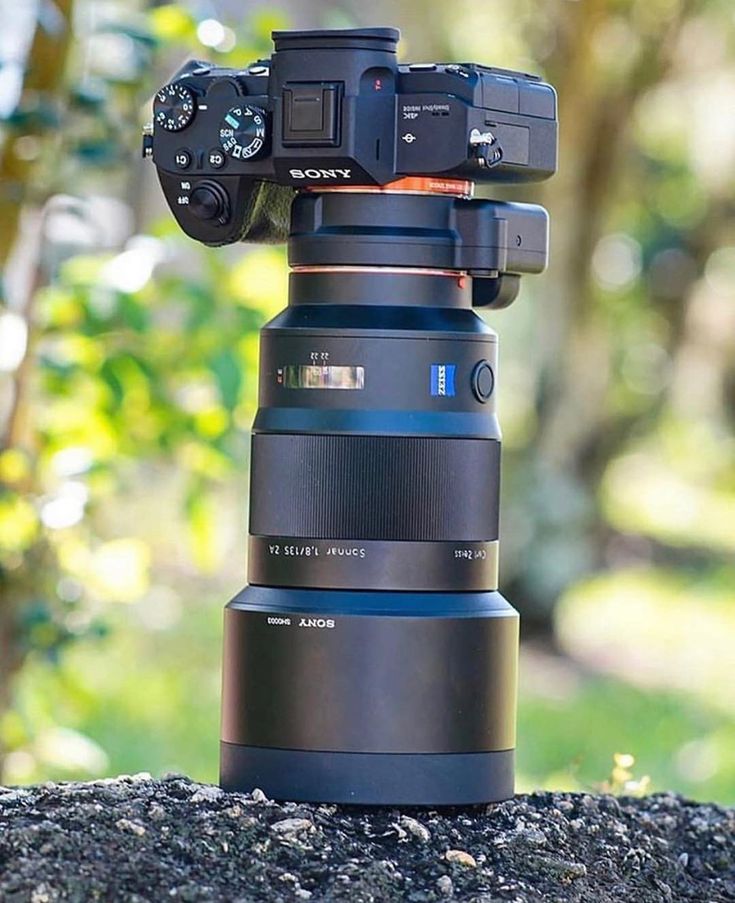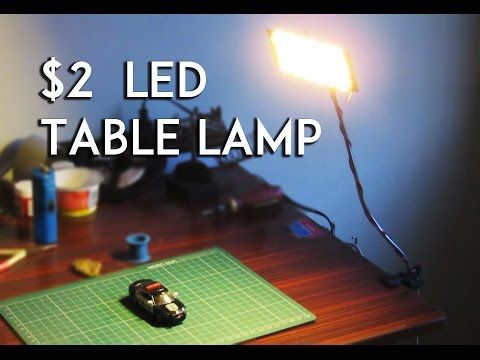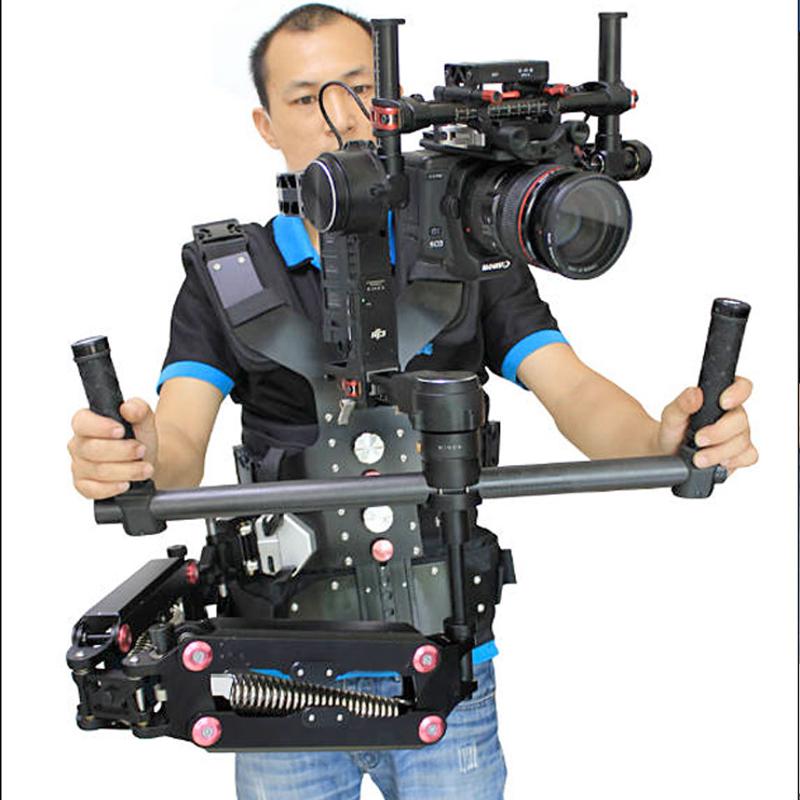Minimum resolution for printing
Image Resolution for Printing
Resolution is the measurement of how many dots/pixels fit into one inch.
The higher resolution, the sharper the image will be. West Press recommends resolution of 300 dpi (dots per inch) for crisp, clear results. Lower resolution images appear fuzzy, jagged and blurry.
Resolution rules:
- Images should be 300 dpi (dots per inch) at the final size in the layout.
- Images which include text should be 400 dpi at the final size in the layout.
- Resolution and image size are inversely proportional to each other. Enlarge an image, the resolution decreases; reduce an image, the resolution increases. Example: a 2 x 2″ image at 300 dpi (acceptable) enlarged to 4 x 4″ has a new resolution of 150 dpi (unacceptable).
- Low resolution images print fuzzy, jagged and blurry.
- The settings used during the original “capture” of an image (ie: scanning, digital camera, etc) determine its base resolution.
Resolution can only be improved by decreasing the image size, or by recapturing the image at a higher quality setting.
- Recommended minimum resolution for printing is 300 dpi; computer monitors generally have a display setting of 72 dpi. If we indicate that some of your images have low resolution, they may not look bad on your monitor but will likely print blurry or jagged.
Things to avoid:
- Web images are predominately low resolution (72-96 dpi) GIF or JPEG files. This resolution is good for quick transmission over the internet, but is not acceptable for use in printing. Do not save images or graphics from a website to use in your print project!
- Upsampling is when a low resolution image is saved to a higher resolution with no changes in dimensions. Upsampling adds more pixels/dots per inch (dpi), but creates blurry images, ugly blocks of color, and high contrast in images. The only way resolution can be improved is by decreasing the image size, or by recapturing the image at a higher quality setting.

Stock Photography
- Know what size the image will be in your design layout and purchase appropriately. If in doubt, overestimate the size you will need.
- Read all the “fine print” prior to purchase as it will determine price, color, file size, copyrights, resolution and quality. Images should have a resolution of 300 dpi (400 dpi if the image includes text) at their final layout size.
- Royalty-free: Purchased images can be used as many times as you want and for almost any purpose. Royalty-free images cost less than rights-protected images, however you have no control over who else uses that image.
- Rights-protected: Images are purchased for a specific use. Cost varies depending on how image will be used (circulation size, production medium, etc.) and cannot be used in any way other without permission. A certain level of exclusivity is usually guaranteed.
- Get the image in CMYK if possible. To print on a four-color printing press, all RGB images need to be converted to CMYK.

West Press’ talented staff is here to help you each step of the way – from graphic design to printing to mailing services to large format to website development. Contact West Press or your Account Executive at 520-624-4939 today.
Image Resolution for Printing | Printing for Less
Resolution is the measurement of how many dots/pixels fit into one inch.
The higher resolution, the sharper the image will be. PrintingForLess recommends resolution of 300 dpi (dots per inch) for crisp, clear results. Lower resolution images appear fuzzy, jagged and blurry.
Resolution = 300 dpi
Will print well
Zoom of 300 dpi image
Will print well
Resolution = 72 dpi
Will not print well
Zoom of 72 dpi image
Will not print well
(Crisp)
(Fuzzy)
Resolution rules:
- Images should be 300 dpi (dots per inch) at the final size in the layout.

- Images which include text should be 400 dpi at the final size in the layout.
- Resolution and image size are inversely proportional to each other. Enlarge an image, the resolution decreases; reduce an image, the resolution increases. Example: a 2 x 2″ image at 300 dpi (acceptable) enlarged to 4 x 4″ has a new resolution of 150 dpi (unacceptable).
- Low resolution images print fuzzy, jagged and blurry.
- The settings used during the original “capture” of an image (ie: scanning, digital camera, etc) determine its base resolution. Resolution can only be improved by decreasing the image size, or by recapturing the image at a higher quality setting.
- Recommended minimum resolution for printing is 300 dpi; computer monitors generally have a display setting of 72 dpi or 96 dpi. If we indicate that some of your images have low resolution, they may not look bad on your monitor but will likely print blurry or jagged.
Things to avoid:
- Web images are predominately low resolution (72-96 dpi) GIF or JPEG files.
 This resolution is good for quick transmission over the internet, but is not acceptable for use in printing. Do not save images or graphics from a website to use in your print project!
This resolution is good for quick transmission over the internet, but is not acceptable for use in printing. Do not save images or graphics from a website to use in your print project! - Upsampling is when a low resolution image is saved to a higher resolution with no changes in dimensions. Upsampling adds more pixels/dots per inch (dpi), but creates blurry images, ugly blocks of color, and high contrast in images. The only way resolution can be improved is by decreasing the image size, or by recapturing the image at a higher quality setting.
Here’s how to get images with good resolution from your digital camera:
- If you have not yet taken the digital image, adjust your camera to the highest quality setting.
- Taking the photo on the highest setting will maximize both the quality of the image, as well as the range of sizes at which you will be able to use it in printing projects. If possible, save your image as a lossless TIF or EPS file before doing any editing to best preserve color and sharpness.

2 x 2″ image @ 300 dpi = GOOD …enlarged to 4 x 4″ = 150 dpi = BAD
2 x 2″ image @ 300 dpi = GOOD …enlarged to 4 x 4″ = 150 dpi = BAD
- To determine resolution from pixel dimensions, divide pixel width and height by 300 to determine the maximum size at which you will be able to use the image, while maintaining a quality resolution of 300 dpi. Divide by 400 for images that include text.
Example:
- Start with 1200 pixels x 1600 pixels as the dimensions for an image with no text.
- Divide 1200 ÷ 300 = 4, and 1600 ÷ 300 = 5.
 33. If this image had text, you would divide by 400 instead of 300.
33. If this image had text, you would divide by 400 instead of 300. - So, the maximum usable dimensions for the image are 4 x 5.33″. It will print crisp and clear at this size or smaller.
- When we receive RGB images, we do a standard-value conversion to CMYK, which may not be perfectly to your liking. You have more control if you do the color conversion yourself- see our RGB – CMYK information page for important instructions on getting the results you want.
Most home and office users use flatbed scanners. No weight should ever be set on top of a flatbed scanner, as it will warp the glass bed and cause undesired color shadows. Artists, photographers and other users who need critical color accuracy and quality control often are best served with a professional drum scan.
- Before you scan, you need to know what size your image will be in your design layout.
 If in doubt, overestimate the size you will need.
If in doubt, overestimate the size you will need.
- If the original image is larger than the size it will be in your file, simply scan at 300 dpi. Scan at 400 dpi if image includes text.
- If the original image is smaller than the size it will be in your file, you need to adjust your scanner settings. You will not get acceptable results if you scan the photo at 300 dpi and then enlarge it in your layout program.
- Increase the scanning resolution (300 dpi if image doesn’t have text; 400 dpi if it includes text) by the same percentage you will be enlarging the original image.
- If you need to enlarge anything more than 300%, it is best to contact your local service provider for a professional scan.
Example:
- Start with a 2 x 3″ image with no text that will display at 5 x 7.5″ in the layout.
- This is an 2.5x enlargement, or 250% of the original image (5 / 2 = 2.
 5).
5). - Multiply the magnification factor (in this case, 2.5) by the desired DPI of the final image (in this case, 300 dpi) to get the dpi at which you will need to scan the original image (750 dpi) (2.5 x 300 = 750). This will allow you to print the 5 x 7.5″ image without loss of crispness or quality.
- File formats like GIF or JPEG are best for web usage, as they compress color and pixel resolution to enhance transmission speed.
- When we receive RGB images, we do a standard-value conversion to CMYK, which may not be perfectly to your liking. You have more control if you do the color conversion yourself-see our RGB – CMYK information page for important instructions on getting the results you want.
Stock Photography
- Know what size the image will be in your design layout and purchase appropriately.
 If in doubt, overestimate the size you will need.
If in doubt, overestimate the size you will need. - Read all the “fine print” prior to purchase as it will determine price, color, file size, copyrights, resolution and quality. Images should have a resolution of 300 dpi (400 dpi if the image includes text) at their final layout size.
- Royalty-free: Purchased images can be used as many times as you want and for almost any purpose. Royalty-free images cost less than rights-protected images, however you have no control over who else uses that image.
- Rights-protected: Images are purchased for a specific use. Cost varies depending on how image will be used (circulation size, production medium, etc.) and cannot be used in any way other without permission. A certain level of exclusivity is usually guaranteed.
- Get the image in CMYK if possible. To print on a four-color printing press, all RGB images need to be converted to CMYK.
- When we receive RGB images, we do a standard-value conversion to CMYK, which may not be perfectly to your liking.
 You have more control if you do the color conversion yourself-see our RGB – CMYK information page for important instructions on getting the results you want.
You have more control if you do the color conversion yourself-see our RGB – CMYK information page for important instructions on getting the results you want.
- When we receive RGB images, we do a standard-value conversion to CMYK, which may not be perfectly to your liking.
Lossless Image File Formats
Photographic and scanned images can be saved in different file formats. We recommend saving in a “lossless file format,” one that does not lose color quality, contrast or file size.
- GOOD: TIF or EPS files are examples of lossless file formats. They are designed to maintain identical color and image data throughout multiple uses.
- BAD: JPEG/JPG or GIF files are examples of lossy file formats. They are designed for easy file transmission and Internet use, not for printing. When a lossy file format is saved over and over again, the process exaggerates blurry, jagged edges and creates extra pixel garbage that you do not want printed.
- If you start with a JPEG or GIF file that needs to be edited, save it as an EPS or TIF file before you make any edits.
 Then edit the EPS or TIF file to maintain image quality.
Then edit the EPS or TIF file to maintain image quality.
GOOD: Resaved TIF & EPS files maintain original quality
BAD: Resaved JPEG & GIF files create blurry, jagged, ugly images
Specification for digital printing
Home Useful Articles
To print photos without losing quality, you need to follow simple and simple rules for preparing a file for printing.
When preparing the file for printing at the photo center yourself, you need to consider the format, size and resolution of the image. All manufacturers produce photographic paper of certain, standard sizes (from A6 to A0) and if the size does not fit into the paper format, then the details of the image will be lost during printing (we will describe this below). nine0009
nine0009
In most cases, you print photos in standard sizes (10x15, 13x18, 15x21, 21x30, etc.). Each format corresponds to certain linear dimensions. The sizes of printed pictures in photo labs and on the printer are slightly different. Below is a table of standard formats attached to a specific size and pixel size for printing on printers:
| Photo Format* | Linear dimension (cm)** | File sizes in pixels*** (for 300 dpi) |
| 9x13 | 8.9x12.7 | 1051x1500 |
| 10x15 | 10.2x15. 2 2 | 1205x1795 |
| 13x18 | 12.7x17.8 | 1500x2102 |
| 15x21 | 14.9x21 | 1760x2480 |
| 21x30 (A4) | 21x29.7 | 2480x3508 |
| 30x42 (A3) | 29.7x42 | 3508x4960 |
| 33x48 (A3+) | 33x48 | 3898х5669 |
* Photo format is the linear file size rounded and converted to centimeters.
** Photo size - image width and height in centimeters and millimeters. this parameter can be found simply by measuring the printed photo with a ruler.
*** Size in pixels * - width and height in pixels of the digital image. nine0009
*Pixels are the dots that make up a digital image. The more dots, the more details we can see.
Image resolution (dpi) is a number that relates the size in pixels and the linear size of the image. This photo parameter is measured in dots (pixels) per inch (inch = 25.4 mm) - dpi (dots per inch). The minimum resolution that is acceptable for printing acceptable photo quality is 150 dpi.
Recommended resolution for high quality photos is 300 dpi.
Important to know!
If you print a low-resolution image in a large format, blurring or pixelation will be noticeable. Such prints will be of poor quality. When printing photos from a mobile phone, the image quality may be lower than when printing from a digital camera. Artificially magnifying or zooming in on an image can also result in a loss in photo quality. nine0009
Artificially magnifying or zooming in on an image can also result in a loss in photo quality. nine0009
Now consider the file size mismatch for the photo format. If you print a picture with the file automatically (in the printer software) fitting the file to a standard size, photo detail will be lost at the edges, or white margins will be left on the image at two edges.
EXAMPLES:
printing a photo with photo cropped at the top and bottom
black border - printable area, red - photo borders
printing a photo with margins and saving the entire image
black border - printable area, red - photo borders
Inches, pixels, dpi. What you need to know when selecting images for printing?
The design of corporate printing, be it a booklet, a newspaper or a magazine, is the first thing a potential client and reader pays attention to. Photos, fonts for advertising headlines, color - all this unconsciously forms an attitude towards the product and service even at the stage of the first acquaintance with your company. nine0009
nine0009
The purpose of the design is to make the corporate edition attractive, interesting and memorable. Visualization of your concept forms the image of success, stability, integrity. If you care about the reputation of your company and are preparing a corporate publication, first of all take care of the quality of the images.
A literate text written under a pixelated photo will be perceived with irony, and you will be remembered as a company with a miserable design.
How not to get into trouble and choose an illustration of the right quality? nine0145
Well, if you have a good advertising budget with individual photo shoots, then you are guaranteed pictures of the desired quality. Or you buy an image in photobanks, where the image is already prepared in several sizes in the resolution you need; just choose the size you want and download.
Image Source depositphotos.com
But what do you do when the only picture you want is in bad resolution? Has it ever happened that in the endless search for the right image on the Internet, you finally found the only photo you need, but both the designer and the prepress department in the printing house unanimously say that it is not suitable for printing?! You are looking for a new one and again spend time on coordination. nine0009
nine0009
Here are some simple tips that will help you save time and determine for yourself whether an image is suitable for printing or not.
Let's get acquainted with the necessary terms: size, resolution, format.
The linear size of the photo is the physical size of the printed photo in millimeters: width and height.
Pixels are the dots that make up an image. The more pixels in the composition of the image, the finer details can be seen on it. nine0124 Size in pixels is the width and height in pixels of the digital image.
Resolution is a number that relates the size of an image in pixels to the linear dimensions of a print. Measured in pixels per inch (1 inch = 25.4 mm) - ppi (pixels per inch). The recommended resolution for printing high quality images is 300 ppi. Practice shows that the minimum allowable print resolution is 150 ppi.
Compare:
It is the resolution that determines the final image quality in your corporate publication. It has nothing to do with how an image is displayed on a computer screen. And you can’t fix a photo with obviously low resolution.
It has nothing to do with how an image is displayed on a computer screen. And you can’t fix a photo with obviously low resolution.
Even the most modern equipment will not be able to print a high-quality photo at a low resolution.
How do I determine the resolution myself?
Consider a specific example. You are preparing an advertising module for a size 9 magazine*13 cm, as a normal photo. A good quality of 300 ppi is needed so that every detail of the image is visible. Your image size is 1200×1500 pixels.
We take one of the sizes - 1200 divided by 300 and multiplied by 2.54 cm (the number of centimeters in an inch) - we get 1200/300 * 2.54 \u003d 10.16 cm. The same with the second indicator 1500/300 * 2 ,54 = 12.7 cm. This means that the maximum print size is 10.16 × 12.7 cm. In other words, you got to the right size and can safely use the selected picture. nine0009
If you count the other way around - 1200/9 (the number of centimeters required, when you know them) * 2.










